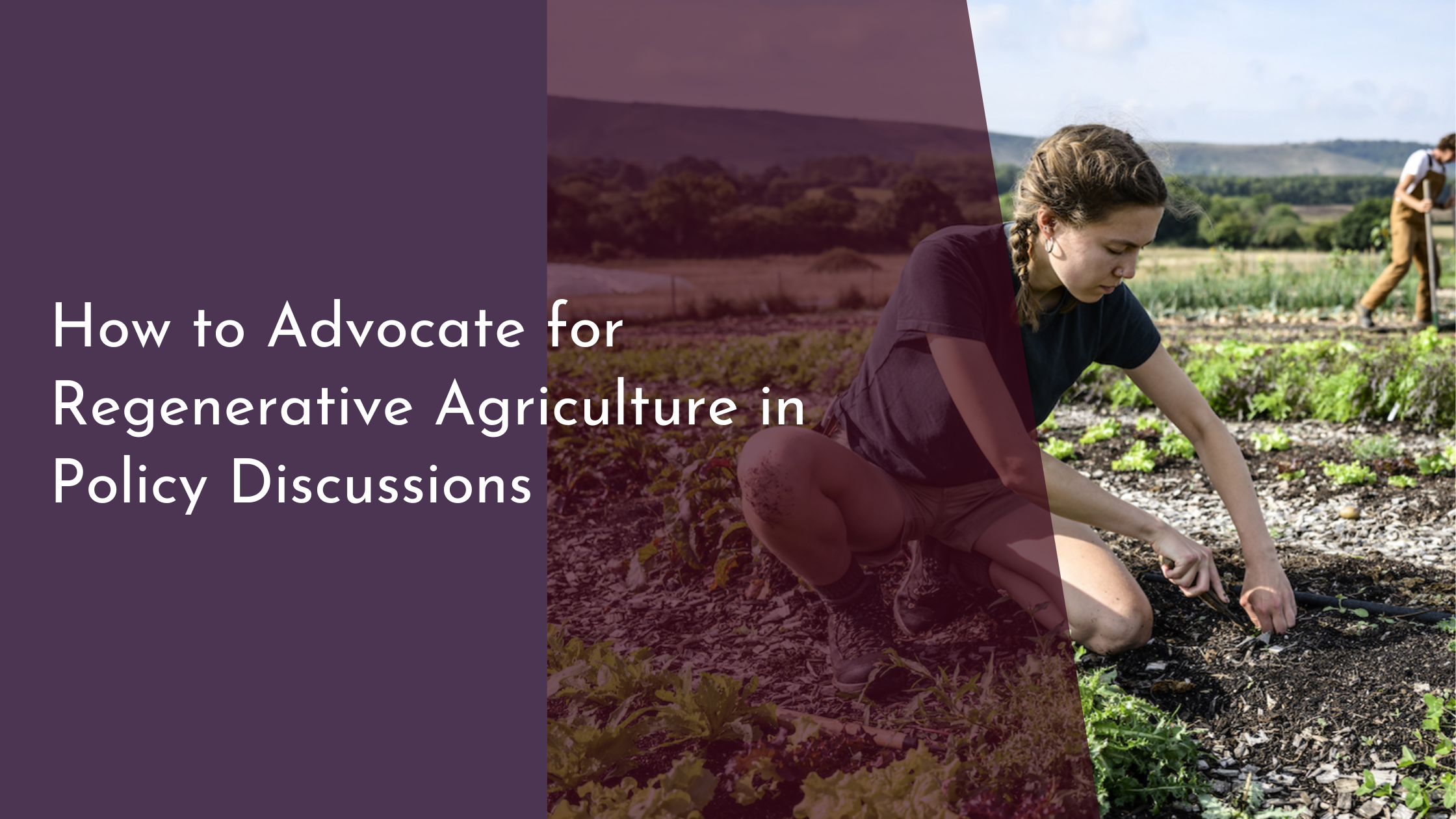How to Advocate for Regenerative Agriculture in Policy Discussions
Regenerative agriculture is gaining traction as a vital solution to many environmental and agricultural challenges we face today. With its focus on restoring soil health, increasing biodiversity, and reducing carbon emissions, this farming practice offers a sustainable path forward for food systems worldwide. However, to truly make an impact, advocates must effectively engage in policy discussions that influence decision-making processes. In this article, we’ll explore the basics of regenerative agriculture, identify key stakeholders, discuss persuasive advocacy strategies, and highlight the importance of building alliances to enhance your advocacy efforts.
Understanding Regenerative Agriculture Basics
Regenerative agriculture is a holistic land management practice that seeks not only to maintain but improve the resources it uses. It stands in contrast to conventional agriculture, which often depletes soil health through excessive chemical use and monoculture planting. Regenerative practices include crop rotation, cover cropping, reduced tillage, and integrating livestock, all of which contribute to enhanced soil fertility and biodiversity. Advocating for these methods means promoting a system that aims to create long-lasting agricultural resilience and environmental health.
Understanding the scientific basis and the potential impacts of regenerative agriculture is crucial when entering policy discussions. Armed with knowledge about how these practices reduce greenhouse gases, improve water retention, and boost yields, you are better prepared to communicate their benefits to stakeholders. This understanding helps frame regenerative agriculture as not just an environmental need, but an economically advantageous and sustainable farming practice.
Identifying Key Policy Stakeholders
To advocate effectively, it’s essential to identify and engage with the key policy stakeholders who influence decision-making processes. These can include government officials, agricultural policy makers, local farmers, and environmental organizations. Each stakeholder will have different interests and levels of influence, so tailoring your message to resonate with their priorities is vital for gaining their support.
Moreover, engage with non-traditional stakeholders such as businesses, consumer groups, and educational institutions, as they can be powerful allies in promoting regenerative agriculture. Businesses, particularly those in the food and retail sectors, are increasingly interested in sustainable supply chains, making them potential advocates. Consumer groups can push for transparency and sustainable farming practices through market demand, and educational institutions can provide valuable research and data to support policy initiatives.
Crafting Persuasive Advocacy Strategies
Crafting persuasive advocacy strategies involves clear communication and the use of compelling narratives that resonate with your audience. Start by identifying the specific goals you want to achieve through policy change, such as increased funding for regenerative practices or the establishment of educational programs for farmers. Tailor your message to highlight the economic, environmental, and social benefits of regenerative agriculture, using real-world examples and success stories to make your case compelling.
Utilizing various communication channels can amplify your advocacy efforts. Whether it’s through social media campaigns, public speaking events, or writing op-eds, reaching a broader audience can help sway public opinion and put pressure on policymakers. Be sure to use data-driven insights and visuals to support your arguments, making them more relatable and easier to understand for your audience.
Building Alliances for Greater Impact
Building alliances with like-minded organizations and individuals can significantly amplify your impact in advocating for regenerative agriculture. By forming coalitions with environmental groups, farming cooperatives, and educational institutions, you can pool resources and knowledge to strengthen your advocacy efforts. These alliances can help in organizing events, lobbying policymakers, and disseminating information to broader audiences.
Collaborative efforts can also involve international partnerships, as regenerative agriculture is a global issue that benefits from shared knowledge and resources. Engaging with global networks and learning from successful international policy implementations can provide valuable insights and bolster your advocacy strategy. By working together, these alliances can push for significant policy changes that promote regenerative practices on a larger scale.
Advocating for regenerative agriculture in policy discussions requires a comprehensive understanding of the practice, strategic engagement with key stakeholders, and compelling communication strategies. By building alliances and leveraging collective resources, advocates can create a powerful movement that promotes sustainable agriculture policies. The path to widespread adoption of regenerative practices may be challenging, but with the right approach, it is certainly achievable. Embrace the opportunity to make a positive impact and contribute to building a more sustainable future for our planet.

